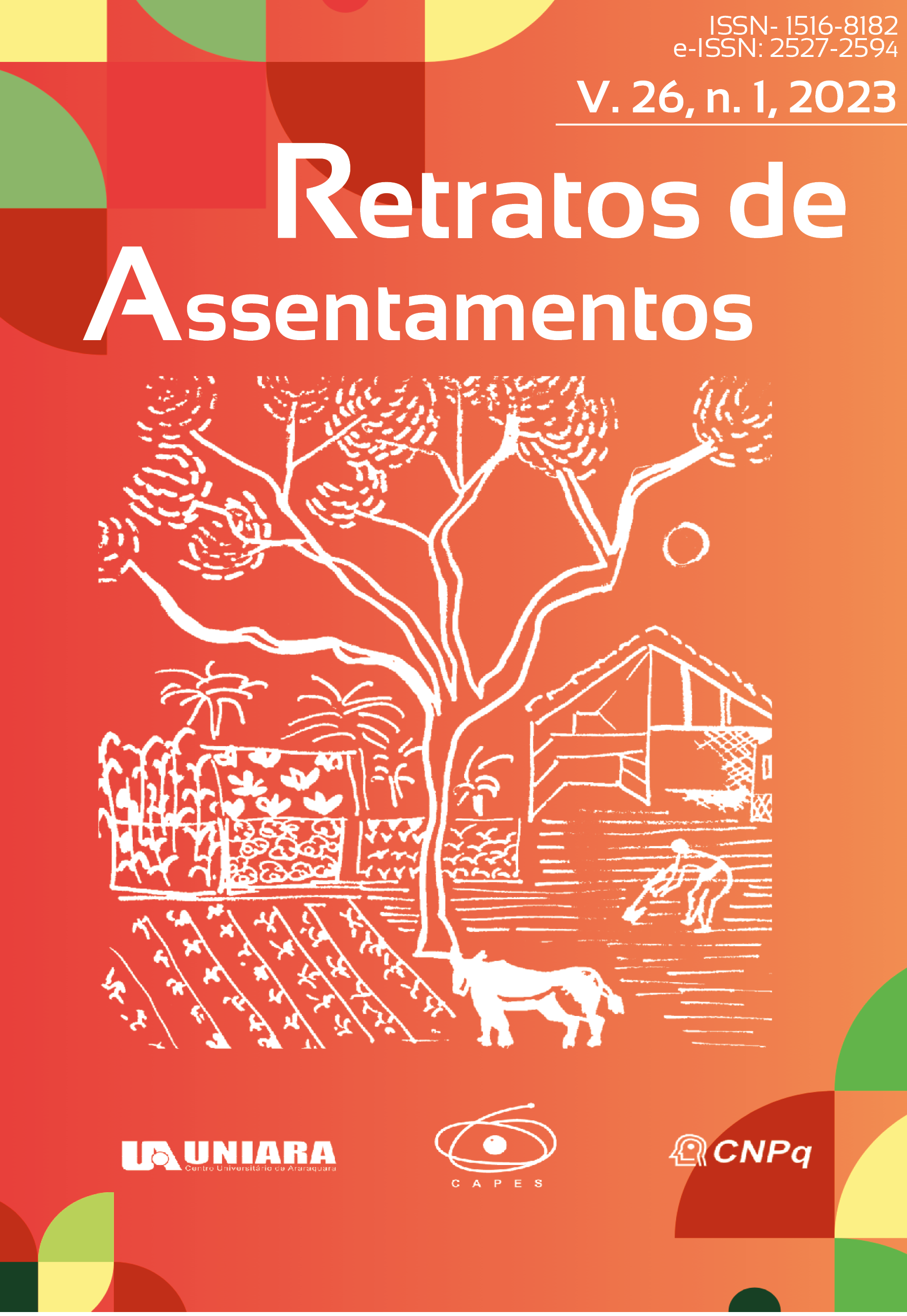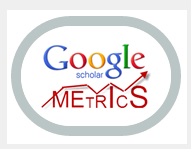Percepção ambiental e uso do solo em assentamento rural no bioma mata atlântica, região do Caparaó, ES
DOI:
https://doi.org/10.25059/2527-2594/retratosdeassentamentos/2023.v26i1.413Abstract
In this work we test the hypothesis that the ethnopedological knowledge of the rural settlement Florestan Fernandes presents a potential for pedoenviromental stratification for its use and management. For that, the present study aimed to evaluate such knowledge and its form of perception in the environment, quantifying them by the multivariate analysis using soil attributes, relief and type of use of the Florestam Fernandes. The settlers divided five ethnopedological classes: Aréola, Terra de lavoura, Terra Pedra Arruana, Terra Poenta, Massapé and Terra de Mata. Assisted by multivariate statistics, we found better relationship between chemical attributes and some ethnopedological classes and the organic matter attributes had better relationship to land use. Soils under coffee plants (agroecological and conventional) we observed higher levels of carbon contrasting with the lower levels in pastures. Terra Pedra Arruna and Areóla have a better relationship with the soil morphology (color and texture), the Areóla classes is better related to relief. The ethnopedological classes Aréola, Terra Pedra Arruana and Terra Poenta are consolidated and the settlers have better environmental perception of this class as observed by multivariate statistics.
Downloads
Published
How to Cite
Issue
Section
License

This work is licensed under a Creative Commons Attribution-NonCommercial-NoDerivatives 4.0 International License.
O(s) autor(es) autoriza(m) a publicação do artigo na revista;
• O(s) autor(es) garante(m) que a contribuição é original e inédita e que não está em processo de avaliação em outra(s) revista(s);
• A revista não se responsabiliza pelas opiniões, ideias e conceitos emitidos nos textos, por serem de inteira responsabilidade de seu(s) autor(es);
• É reservado aos editores o direito de proceder ajustes textuais e de adequação do artigo às normas da publicação.
Autores mantêm os direitos autorais e concedem à revista o direito de primeira publicação, com o trabalho simultaneamente licenciado sob a Licença Creative Commons Attribution, que permite o compartilhamento do trabalho com reconhecimento da autoria e publicação inicial nesta revista.
Autores têm autorização para assumir contratos adicionais separadamente, para distribuição não exclusiva da versão do trabalho publicada nesta revista (ex.: publicar em repositório institucional ou como capítulo de livro), com reconhecimento de autoria e publicação inicial nesta revista.
Autores têm permissão e são estimulados a publicar e distribuir seu trabalho online (ex.: em repositórios institucionais ou na sua página pessoal) a qualquer ponto antes ou durante o processo editorial, já que isso pode gerar alterações produtivas, bem como aumentar o impacto e a citação do trabalho publicado (Veja O Efeito do Acesso Livre) em http://opcit.eprints.org/oacitation-biblio.html














